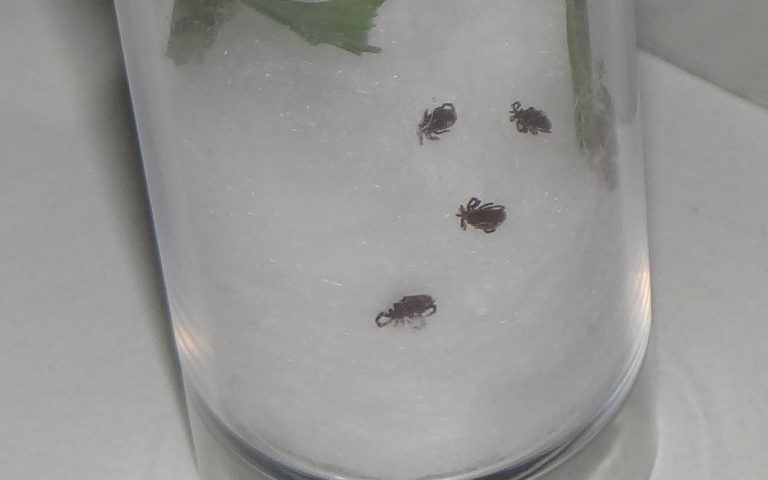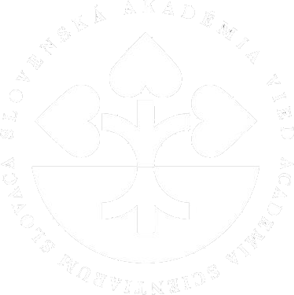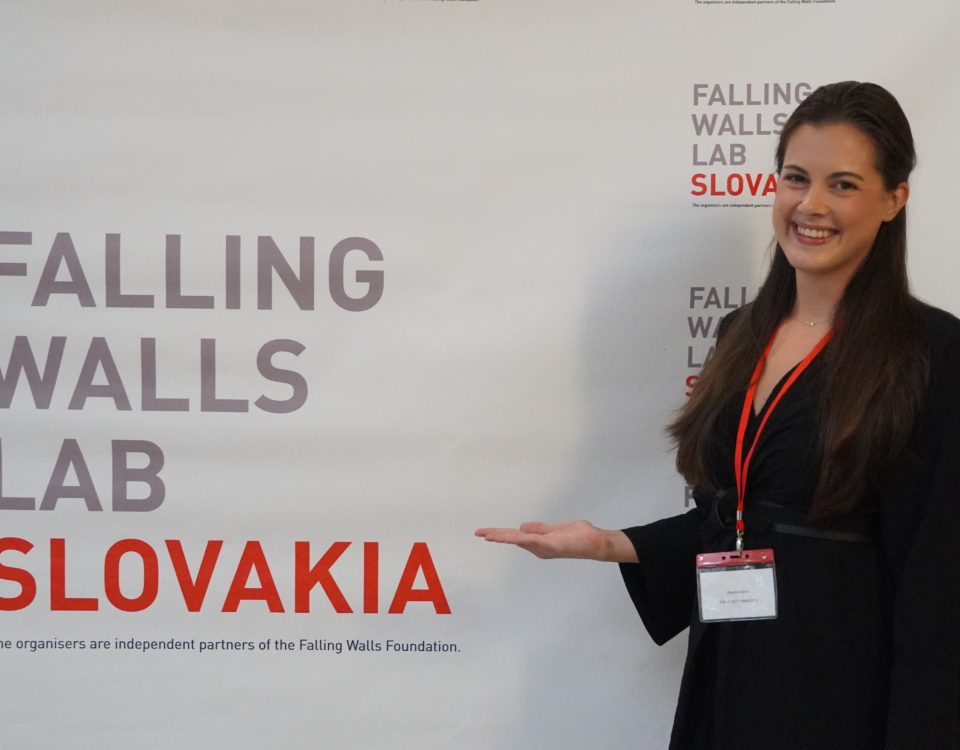This website uses cookies so that we can provide you with the best user experience possible. Cookie information is stored in your browser and performs functions such as recognising you when you return to our website and helping our team to understand which sections of the website you find most interesting and useful.
Dr. Koči received an EU grant. He´ll investigate the interactions between the tick-borne encephalitis virus and ticks

Tick-borne pathogens causing serious human and animal diseases are of protozoan, bacterial and viral origin. The most common diseases occurring in Europe, including Slovakia, include Lyme borreliosis and tick-borne encephalitis. Currently, most of the elucidated molecular interactions between ticks and their pathogens are of bacterial origin. However, the interactions between ticks and pathogens of viral origin, even with regard to their complexity and safety in handling them, remain in many ways unclear.
“Research of viral pathogens in ticks is demanding for several reasons,” says RNDr. Juraj Koči, PhD., a researcher who has long been concerned with tick-borne pathogens as well as tick physiology, currently working at the Department of Virus Ecology of the Institute of Virology of the Biomedical Research Center of the Slovak Academy of Sciences and the Institute of Zoology of the Slovak Academy of Sciences. Knowledge of the physiology of ticks is a prerequisite for investigating the interactions of pathogens and ticks. Tick vectors are essential for the circulation of pathogens in nature and investigation of these processes in laboratory conditions requires high skill in micromanipulation with an experimental model such as ticks. However, working with a pathogen of viral origin is even more difficult. In Europe, the tick-borne encephalitis virus is considered to be a pathogen that must be handled under specific conditions. “Spatial equipment and safety at work are very important in this research. It is a meticulous work, but at the same time, it is necessary to have an adequate equipment and conditions in a specialized laboratory, “explains Dr. Koči.
The lifelong interest in tick-borne pathogens and the neurophysiology of ticks, the laboratory equipment at the Biomedical Research Center of the Slovak Academy of Sciences, as well as the importance of this topic for society, stimulated Dr. Kočiho to apply for the European grant Marie Skłodowska-Curie Individual Fellowship (MSCIF) from Horizon 2020. Obtaining the said grant is a great challenge, as the success rate of its acquisition reaches a maximum of 15 % of the submitted applications. Dr. Koči was finally successful in obtaining it and from September 1, 2021 he has been working to successfully achieve the goals of the project. The ambition of the project entitled “Tick-Virus Interactions Shape persistence and Transmission OF Flavivirus pathogen in tick vector” is a shift in research into the interactions of viral pathogens and ticks. During the two years of the project, Dr. Koči will focus on the creation of a fluorescent viral model with selected mutations in structural genes, a deeper understanding of the neuroendocrine system of the tick responsible for transmitting the virus, as well as further education and transfer of experience based on current and acquired scientific knowledge. “I am proud that Juraj has returned to our workplace after many years spent in the USA, and we can create synergies from our virological expertise and his experience in the field of tick physiology. Obtaining an MSCIF grant cost him a lot of effort and has clearly shown that he wants to maintain the high standard of his research to which he was accustomed abroad, ” says Dr. Boris Klempa, Head of the Department of Virus Ecology, Institute of Virology, Biomedical Research Center of the Slovak Academy of Sciences.
The project partners are Institute of Zoology of the Slovak Academy of Sciences and Aix Marseille University in France.
Project acronym: TVISTOFF
RNDr. Juraj Koči, PhD.: short professional Curriculum vitae
2018 – present: Institute of Virology, Biomedical Research Center of the Slovak Academy of Sciences, Institute of Zoology of the Slovak Academy of Sciences
2015 – 2018: Department of Veterinary Medicine, University of Maryland, College Park, MD, USA
2013 – 2014: Department of Anatomy and Physiology, Kansas State University, Manhattan, KS, USA
2009 – 2013: Department of Entomology, Kansas State University, Manhattan, KS, USA
2003 – 2009: Institute of Virology, Slovak Academy of Sciences
Text, photo and translated: BMC SAS








